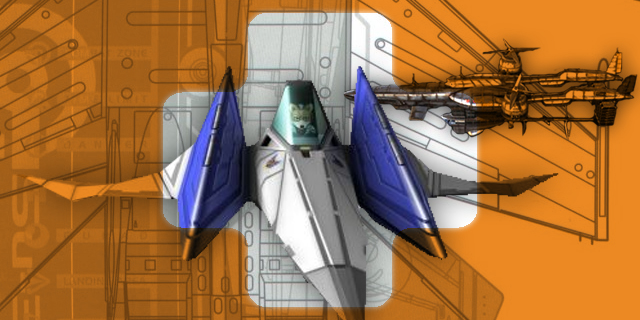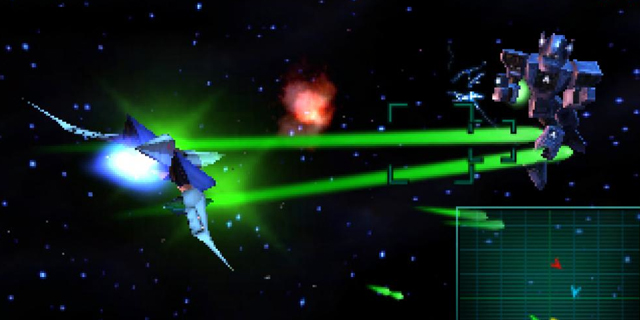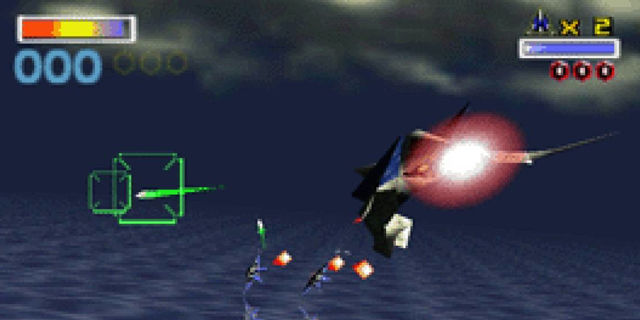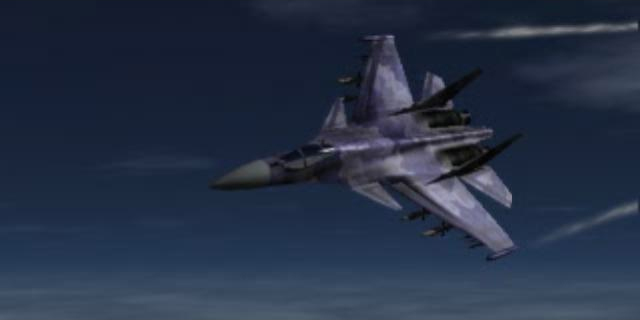
When I was young, one of the biggest appeals of games to me was fulfilling a fantasy, as it may have been for a lot of people. Many turned to RPGs or action games to meet this demand, allowing them to live in worlds beyond their wildest imaginations, but I found myself deeply involved in more niche affairs. I’ve discussed my love for games that involved sailing, especially pirate-themed titles, but it wasn’t the only thing I found myself passionate about at a young age. What if you could take to the skies? Flying a plane, whether modern or from a bygone era of air travel, became something I loved to see recreated.
Luckily for me, it didn’t take long for me to discover its potential in games and learn its true importance in the medium as a whole.
Like with sea travel, I’ve barely flown in a plane, and the idea of actually doing so doesn’t particularly excite me. There is a small part of me that would love to overcome my uneasiness regarding air travel and actually learn to fly a plane, but whenever I think about it more seriously I immediately retract those thoughts. It terrifies me and, honestly, I may never get over it. This is when I start to look towards games instead. Games that allow you to stick to the skies and fulfill a fantasy that may be completely out of reach for many people, even more so than sailing. They also allow for a potentially unparalleled level of freedom and exploration, which is often overlooked.
For me, it all began with Star Fox 64 on the N64, or at least I initially thought it did. I was familiar with the original on the SNES, but I never had a chance to actually play it myself. Once I got my hands on its much anticipated follow-up, however, I began to obsess over other, similar games. Fox’s adventure didn’t entirely take place in the skies, but those missions that allowed you to do a barrel roll and shoot down enemy pilots in style were mind-blowing to me. These games, the ones I dreamed about, did exist, and they allowed me to fulfill a fantasy without the worry of actual air travel.

Star Fox 64 wasn’t the first flight game or even the first fully-3D one, but it was the game that opened up a world of new opportunities for me, both past and present. Some of my favorite games involved me sticking to land (or, in some rare instances, the seas), and the ones that did allow you to take flight were limited by the technology. These games had the potential to be even better in 3D, especially those that allowed you to take to the skies.
As cool as it was to fly Setzer’s airship around and discover just how large the world of Final Fantasy VI was, it wasn’t the same. It didn’t scratch the itch. Then I realized I was thinking about it all wrong. While Star Fox 64 had technology on its side, it wasn’t the experience I was hoping for all along, fun as it may be. It turns out Final Fantasy VI, despite its restrictions, did something even more important: demonstrate the power of flight in games.
Looking back on it now, it managed this even better than Star Fox 64 and its on-rails mission design. Giving you the ability to fly around lands in seconds, as opposed to traveling on foot (or by Chocobo), made you feel like you were free. My friends at the time wondered why, after playing countless hours of Star Fox 64, I suddenly wanted to dive back into a 16-bit RPG instead. I couldn’t put it into words back then, but now it’s simple: the power of flight in games was never limited by technology, at least not as much as I thought it was. It was simpler than that.
Star Fox 64’s approach was more about spectacle and action, which I loved, but Final Fantasy VI gave you the ability to explore a gigantic world that, at one point in the game, seemed bigger than you could imagine. You have the player spend a large part of the game on foot, thinking they will never be able to see it all, and then you’re suddenly given an airship that can take you almost anywhere. It doesn’t empower you, not like Star Fox, but it does make you feel free. And freedom, to me, is the key to flight.

Of course, a few months after Star Fox 64 saw the release of Final Fantasy VII. This game was a revolution for a multitude of reasons, but for me it took the concepts explored in the previous game and utilized them in a fully 3D world. It was the technology of SF64 and the freedom of FFVI all in one. Excited doesn’t even begin to describe how I felt once I had access to the game’s airship, the Highwind. It was both relaxing and exhilarating, exhibiting a level of freedom in games I had once only dreamed of.
Despite that, the ship was used for travel and nothing more. It wasn’t long before I found myself yearning for an experience similar to Fox McCloud’s second venture. Little did I know that a series existed that filled that gap while also giving the player even more control: Ace Combat. I missed out on the original, but found myself with a copy of Ace Combat 2 at some point. This one game re-affirmed my love for the genre and flight in general. It was everything I had hoped for and then some.
It was fast-paced, had incredibly fluid controls and more content than I could have even imagined. While you could finish Star Fox 64 in an afternoon, Ace Combat 2 was a game that took me several weeks to play through entirely. To me, it was the perfect culmination of the intense action of Star Fox and the freedom of movement the Final Fantasy airships offered me. You couldn’t explore a vast world, sure, but you were still given a large, fairly open map full of enemies to take down and objectives to complete.
The Ace Combat series speaks to exactly what I love about the idea of flight in games without restricting anything you might want from it. I consider the series to be one of the more important in gaming’s history for a multitude of reasons, the main one being its unrestricted and action-packed approach to free flying. It’s no Microsoft Flight Simulator, but it was never intended to be. It’s an eclectic mix of the more serious flight games and action-packed titles like Star Fox.

Many other games have come along since the first Ace Combat titles, many of which were inspired by its approach to the genre. Some were more focused on dogfighting (like Crimson Skies, a personal favorite), while others expanding on the exploration elements found in the Final Fantasy series and similar RPGs. Ace Combat itself grew with the technological leaps, becoming even more polished and visually striking with each new installment. These games all allow us to fly and give us almost unlimited access to the skies above us, something I treasure dearly and something I hope to only see continue to expand in the near future.
Freedom is a huge part of games, with so many open-world titles on the market scratching a necessary itch for many people. Few, however, allow us to explore what many of us may only experience on commercial flights. Truthfully, being able to fly a plane in games isn’t the most fantastical element you’ll ever see in a game, yet it is something everyone understands.
It’s based both on our own reality and a basic human desire to explore beyond what we can see with our own two eyes and do so without restrictions. Sure, it’s no space travel, but it allows us to expand our horizons without forging into possible science fiction territory. There is a purity to flight that series like Ace Combat seem to nail perfectly and something I will always admire. The sky may be the limit, but what it provides, especially in games, will always be limitless.



















